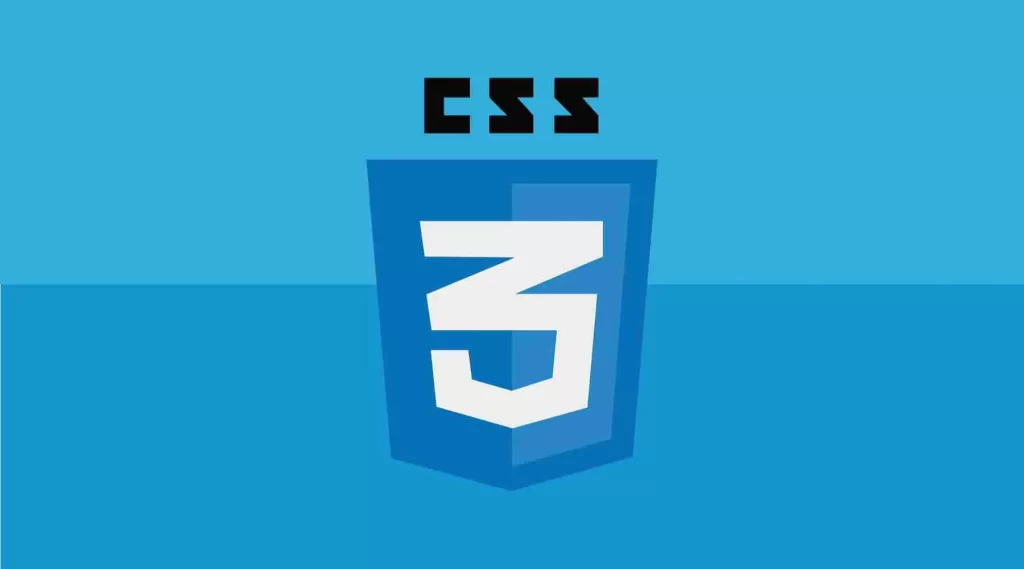
Share Post :

Mastering CSS: Techniques for Stunning Web Design
Cascading Style Sheets (CSS) play a crucial role in shaping the visual appearance and layout of modern websites. With the right techniques, designers can leverage CSS to create visually stunning and responsive web experiences. In this blog post, we’ll explore advanced CSS techniques and best practices that will help you elevate your web design skills to the next level.
1. CSS Grid Layout
- Discuss the power and flexibility of CSS Grid Layout for creating complex, grid-based layouts.
- Explore advanced grid techniques, such as nested grids, grid alignment, and grid template areas.
- Provide examples of how CSS Grid Layout can be used to create visually appealing and responsive designs.
2. Flexbox for Flexible Layouts
- Highlight the benefits of Flexbox for building flexible and dynamic layouts that adapt to different screen sizes.
- Discuss advanced Flexbox techniques, including flexbox alignment, ordering, and wrapping.
- Showcase real-world examples of Flexbox in action and its impact on responsive web design.
3. CSS Transitions and Animations
- Explore the use of CSS transitions and animations to add interactivity and visual appeal to web pages.
- Discuss key properties and timing functions for creating smooth and engaging animations.
- Provide examples of creative CSS animations, such as hover effects, transitions between page elements, and animated loading spinners.
4. Custom Fonts and Typography
- Discuss the importance of typography in web design and how custom fonts can enhance the visual identity of a website.
- Explore techniques for integrating custom fonts using CSS @font-face and Google Fonts.
- Provide tips for optimizing typography for readability and accessibility across different devices and screen sizes.
5. Advanced CSS Selectors and Pseudo-classes
- Dive into the world of advanced CSS selectors and pseudo-classes for targeting specific elements and states.
- Discuss lesser-known selectors, such as :not(), :nth-child(), and :focus-within().
- Showcase practical examples of how advanced selectors can be used to style complex page elements and interactive components.
Conclusion
Mastering CSS is essential for creating visually stunning and responsive web designs that captivate users and enhance the overall user experience. By leveraging advanced CSS techniques and best practices, designers can unlock new creative possibilities and elevate their web design skills to the next level.
Recent Post
April 26, 2025
Augmented Reality in Mobile Apps: Trends and Use Cases
April 25, 2025
The Essential Guide to UX & UI Design
April 23, 2025



